Please note: Stephenson’s Rocket is no longer on display at the Science and Industry Museum. To find out what exhibitions and activities are open today, visit our What’s On section.
What’s in a name? Would a Rocket by any other name smell as sweet? These days, locomotives are often named after famous people or fictional characters (have you spotted Doctor Who on one of Virgin’s Voyager trains?) but what about the early locomotives?
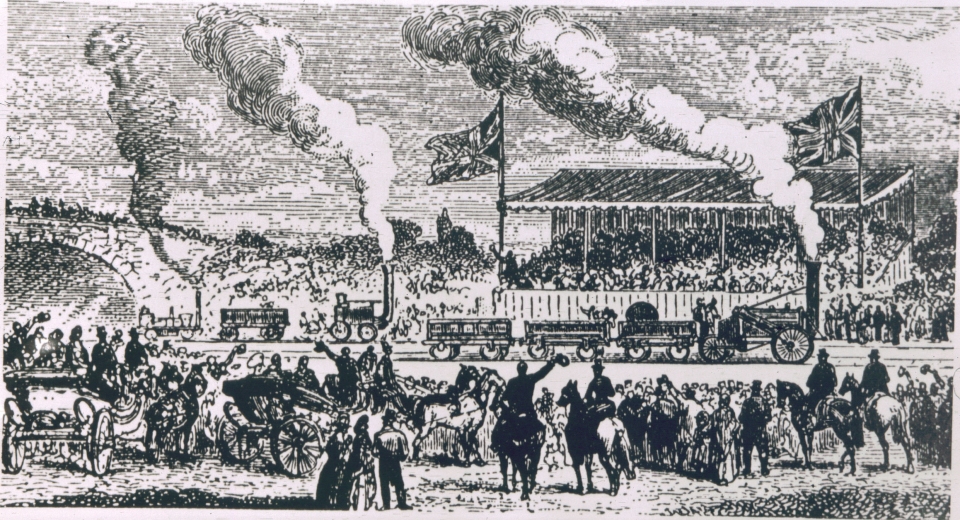
Five locomotives entered the Rainhill Trials in an effort to prove rail travel was the future of transport, and for the chance that their engines could run on the new Liverpool and Manchester Railway. Much like the horses they were destined to replace and the ships travelling the world, each engine had its own name. The names encapsulated the hopes of their builders and the early Industrial Revolution era this new endeavour represented.
Steam wasn’t for everyone though, and Cycloped was a horse-powered ‘locomotive’. This equine treadmill was built by Thomas Shaw Brandreth who was also one of the railway’s directors. But when one of the horses fell through the wooden moving floor, it was forced to drop out of the competition. The horses also simply couldn’t compete with the speeds the mechanical engines produced.
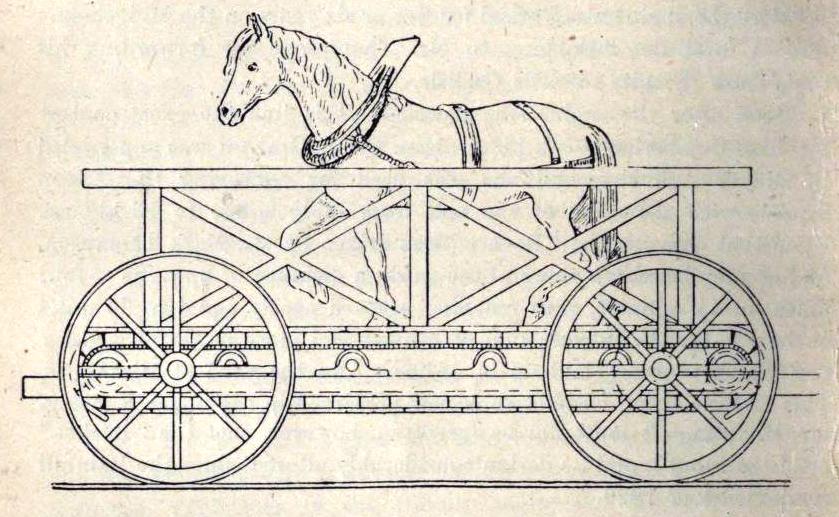
Perseverance was built by John Reed Hill and Timothy Burstall. Burstall was from Leith and named the engine after his home town’s motto, “Persevere”. It was an apt name as it turned out—Perseverance was damaged on the way down to Rainhill and Burtstall spent days trying to repair it before finally running on the final day of the trials. Despite Burtstall’s own perseverance, the loco only achieved a speed of 6 mph.
Novelty, built by John Ericsson and John Braithwaite, had several new innovations and is now thought of as the world’s first tank locomotive, carrying its own water between the wheels. The designers clearly wanted to encapsulate their forward-thinking in its name. Novelty was a strong competitor, reportedly achieving a speed of 28 mph on the first day, but had to pull out due to boiler problems. It was also the crowd’s favourite, possibly because it did not look like a typical colliery engine of the time—it was, indeed, a novelty.
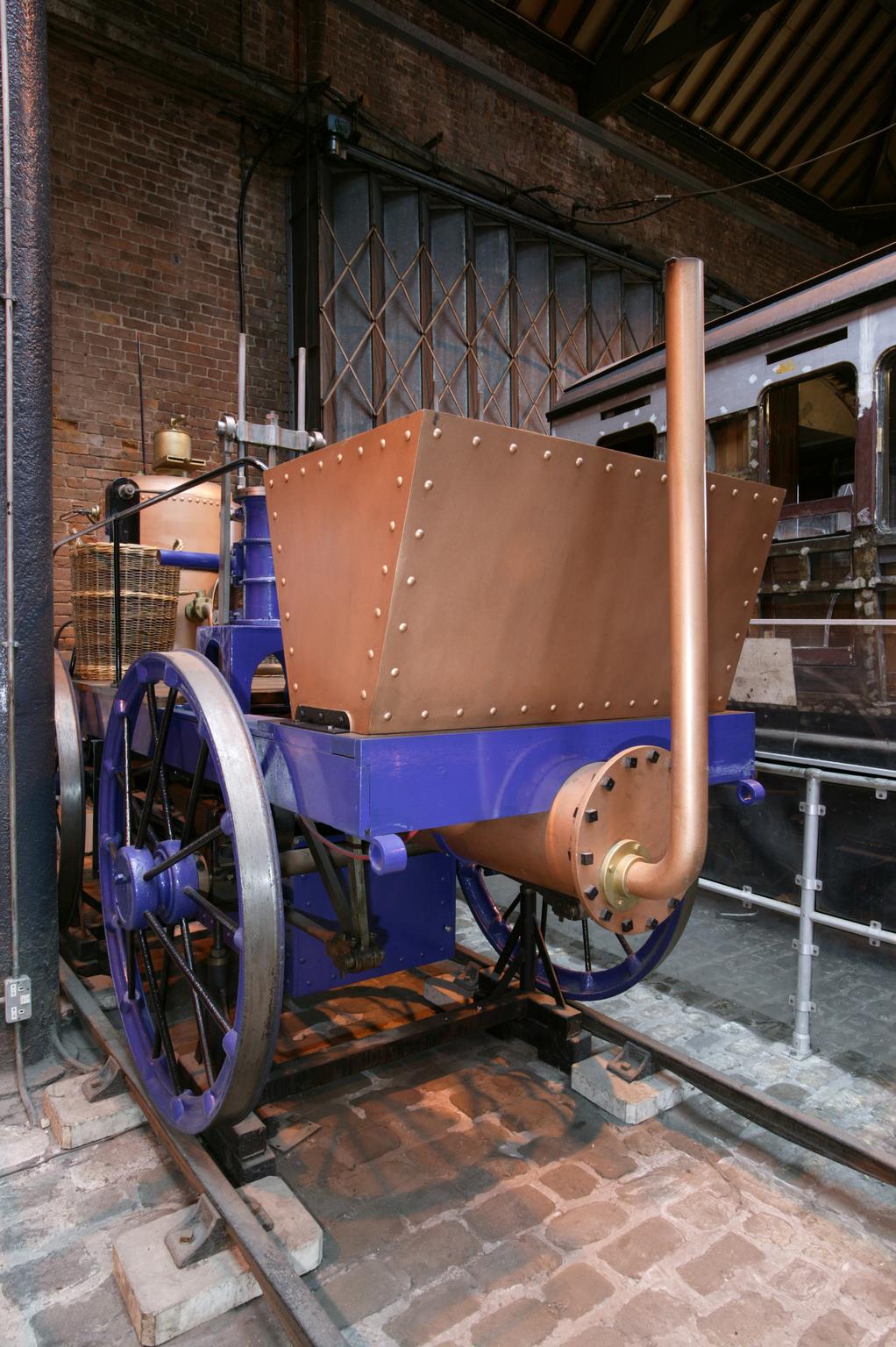
The French-named Sans Pareil was built by Timothy Hackworth from Shildon—you can see the engine at our sister museum there, Locomotion. Its name means ‘peerless’ or ‘without equal’ and it very nearly was. Despite its slightly antiquated engineering, the locomotive proved reliable. It was also bought by the Liverpool and Manchester Railway and ran on the Bolton and Leigh Railway until 1844.
But perhaps the most evocatively named was the eventual winner: Rocket.
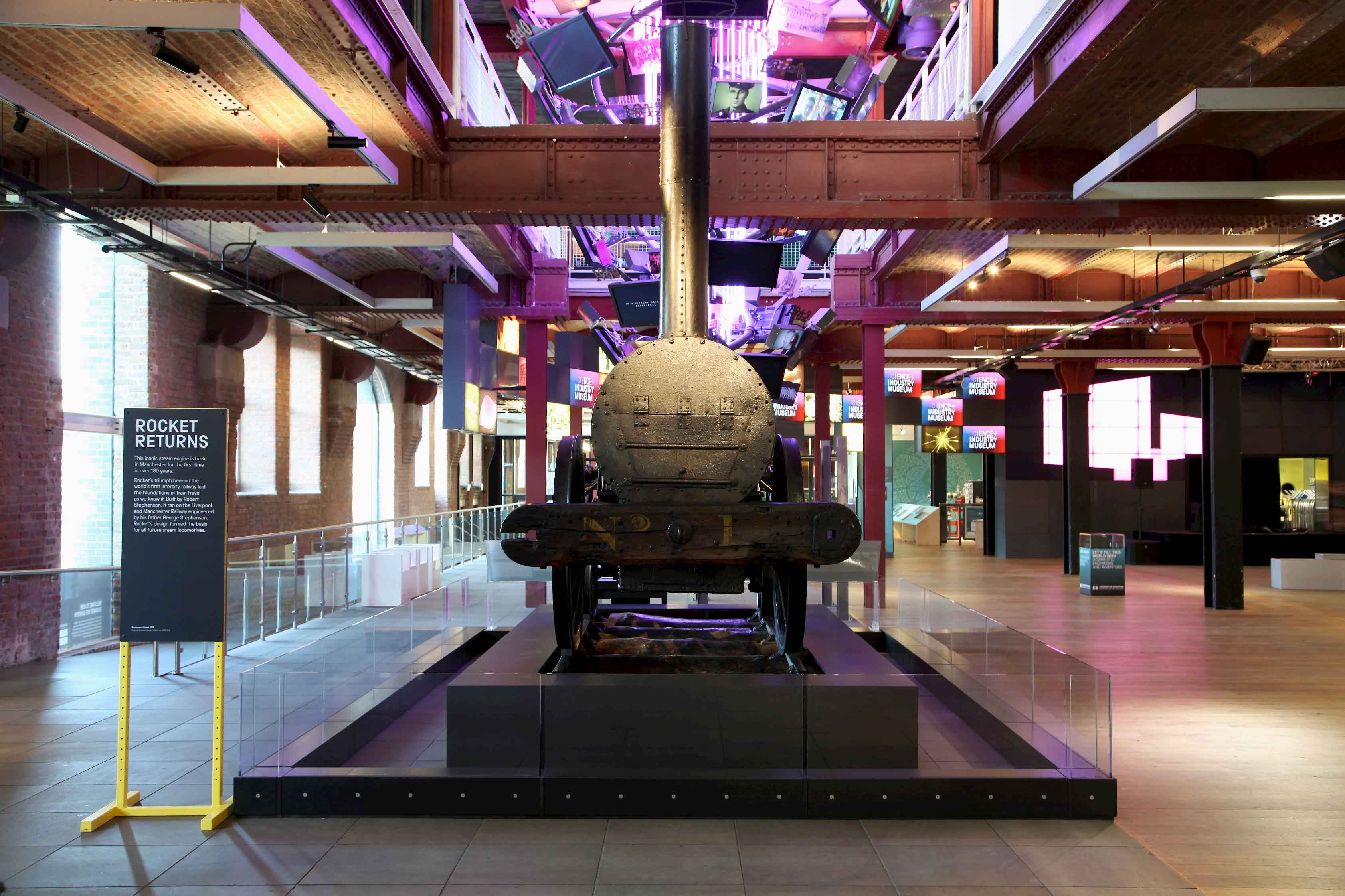
Why is Rocket called Rocket? When we hear it, we immediately think of space travel, but in 1829 journeying to the stars was unthinkable. So, what were rockets before rockets?
The word actually refers to the means of propulsion – whatever ‘rocket’ it is, it moves by expelling its exhaust in the opposite direction at high speed. The process is obvious in one of the earliest uses for rockets that we still have with us today—fireworks.
Rockets were used to propel arrows possibly as far back as the 10th century in China, and by the time of the Renaissance, rocket weapons were being developed that looked a lot like today’s missiles.
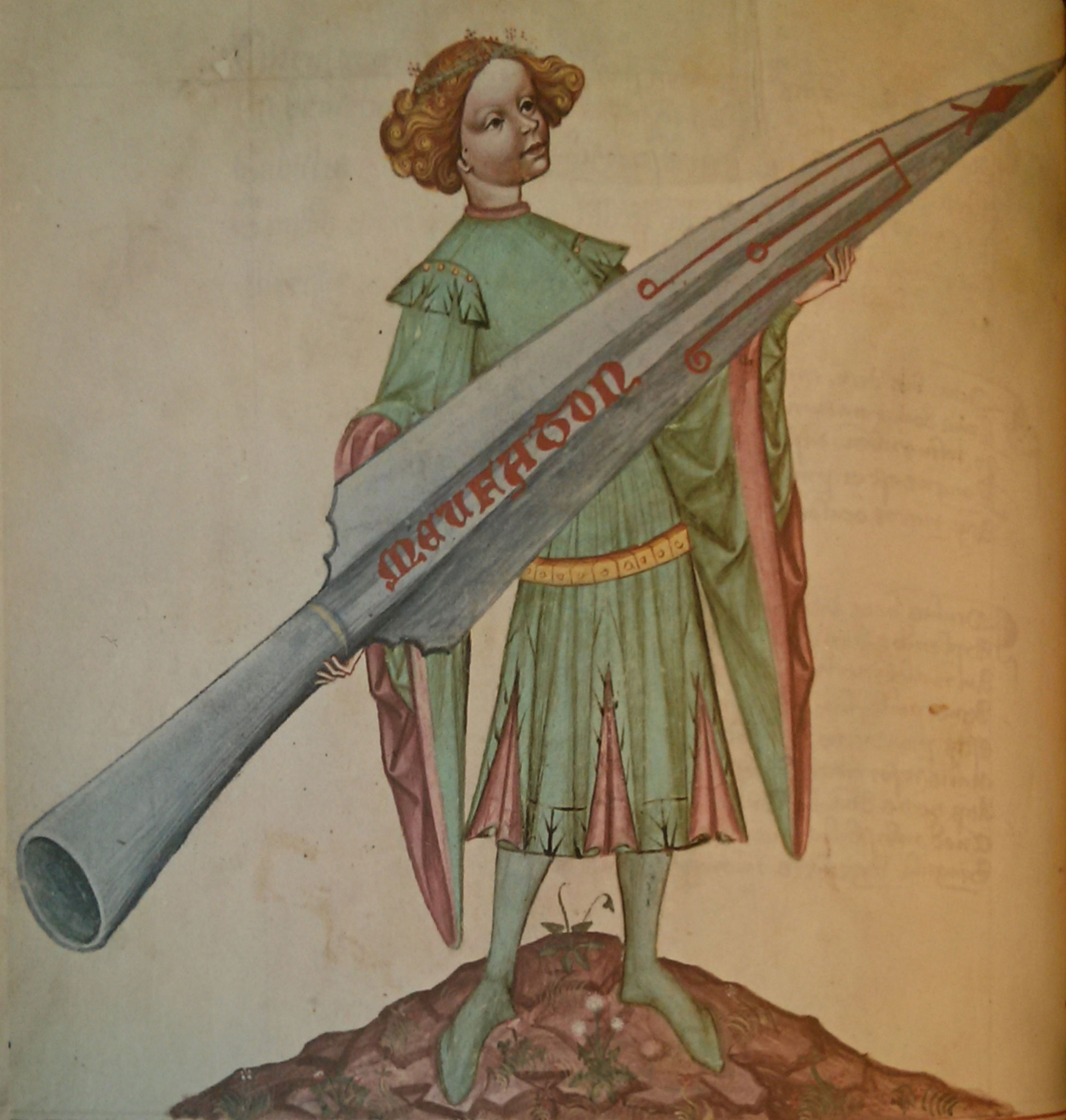
Rocket the locomotive is thought to be named after an 1804 British military weapon designed and developed by Sir William Congreve. That was based on Indian Mysorean rockets that were used against the British East India Company. Congreve rockets were used during the Napoleonic Wars, the War of 1812, and the First Anglo-Burmese War of 1824–1826 so would have been recent examples of Britain’s military prowess and technological innovation. They also travelled very fast and over long distances—the largest could travel over 2,700 metres—which could explain why Stephenson chose this name for his engine.
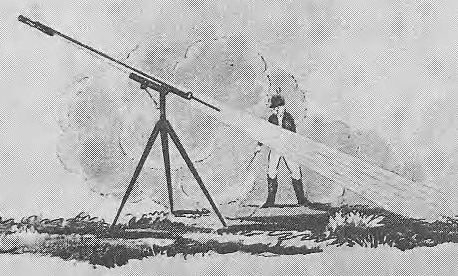
In the years to come, it was flying weaponry that led to space travel itself when the Germans developed the V-2 rocket in 1942 and it became the first man-made object to enter space.
While Rocket may not have been named after what we think of as spaceships, the interstellar connection with the Liverpool and Manchester Railway doesn’t end there. Other locomotives that the Robert Stephenson and Company produced to run on the line in 1830 included Planet, Comet, North Star, Mercury, Mars and Meteor (originally called Wildfire).
While there were plenty of other names such as Arrow, Dart and Phoenix, it is interesting to note that so many have a connection with space. We tend to think of a fascination with space as a very modern phenomenon but these names may point to the idea that dreaming of travelling to the stars is something humans have been pondering ever since we looked up at the night sky, and how this desire captured the very concepts of speed, power and futuristic innovation, especially at the start of the Industrial Revolution.
5 comments on “How Rocket got its name… And other naming tales from the Rainhill Trials”
Comments are closed.
As always, a brilliant blog. I look forward to reading each one.
I am guessing it takes some time.
Give up the day job and give us more blogs. ????
Forgot to add, coming up from Surrey on 16th and 17th to see Rocket and everything else you have.
The Congreve rockets also feature in the US national anthem,
“And the rocket’s red glare, the bombs bursting in air,
Gave proof through the night that our flag was still there.”
and relate to the UK’s war with the USA in 1812.
The Rockets nick name was Big Red because of the color the smoke stack would turn when running? What was the date of the Ceremonial re-running of the Rocket in London, 1864? What Vips and artists were present?
“rocket ” was by this time a common name for fast stage coaches. Space travel had already been not only imagined but extensively written about.